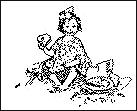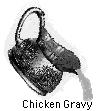Dog Days and Mummaleeka Recipe continued.....
See: "GERMAN BLACKBERRIES" by Irma Waggoner
In the evening mosquitoes came out in droves as the sun lowered in the sky and dung fires would be started in old buckets and placed in strategic places so the smoke would drive the mosquitoes away. Even the cattle and horses needed this type of protection at these times.
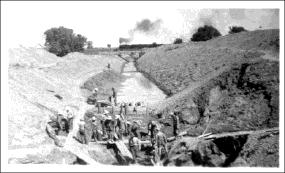
See CCCs (USA Civilian Conservation Corps Web Site) who helped the farmers in the Sidney MT area to construction special drainage. Note the train in the background. Photogrpah taken abt 1939 from Edwin Remmick's Collection.
As the years went by and the government helped the farmers by construction a special drainage system this problem of mosquitoes eased off to some extent
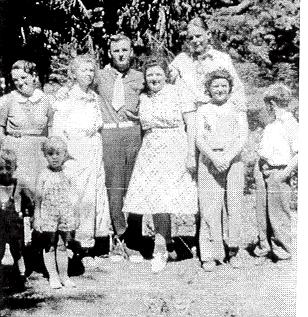
Right to left are: Daniel Hein, Alice Hein standing in from of Jerome Mietchan, (Edwin Remmick's friend in the CCCs), Christine Hein, Edwin Remmick who was part of the CCC Camp near Sidney and the future husband of Lillian Hein next to him on his right, our left, next to another sister, Regina, nee Hein, Tietz who is with her two children who are standing in front of her, Wilma Tietz and Leroy Tietz. Photograph taken about 1940 on a "Dog Day in Summer" the Hein farm (an appel orchard) near Lewiston, ID, USA
Sometimes while sitting on the porch in the evening enjoying what little relief there was from the extreme heat of the day one could hear the sounds from the river island wilderness ... The cries of the baby bob cats would make you feel that many human babies were lost and needed rescuing. Their cries sounded identical to human babies crying and a stranger to the area wold probably find this most disquieting.
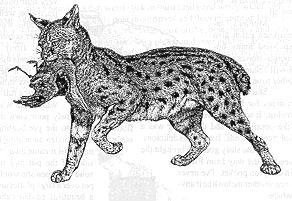
"The cries of the baby bob cats would make you feel that many human babies were lost ...."
Sometimes when the days were hotter then usual we'd watch the horizon for signs of tornados. If a dark cloud appeared dragging what I'd term as a long back funnel with a tail we'd drop whatever we were doing and head home and the cellar. We wouldn't walk, we'd run. The men would unhitch the teams of horses and run with them to the barnyard and often they ran them right into the barn still hitched together and the person slammed the big doors shut. These frightening phenomenons would usually appear in the early evenings when the weather temperatures changed from very hot to cool.
It was also the time for fried chickens, new potatoes, fresh garden vegetables and yummy sweet watermelon!
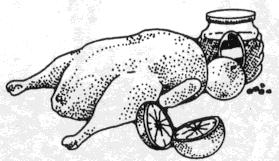
|
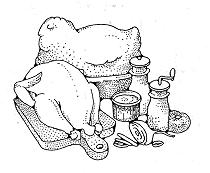
It was...time for fried chickens, new potatoes, fresh garden vegetables and yummy sweet watermelon!"
|
Mother always had a large watermelon patch and each year and would select seed from the best and sweetest watermelon for next years patch. My how Mother loved her watermelon patch and of course so did we all.
Mother's watermelon patch also spawned many humorous stories which I will relate at another time.
| .............See the story of "Mother's Watermelon" |
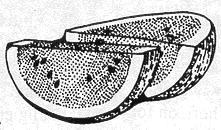
|
She was also famous for her cob melon1. It was very sweet with a banana like consistency and the center was a solid cob of seeds. It truly was delicious.
As the story goes, she brought the seed all the way from Russia in an apron pocket. I've never seen another melon like it anywhere.
Fried chicken is so American and most of us know how to fry chicken and make chicken gravy so I'll simplely write just about "mummaleeka.".
Now, let me explain, I'm not sure how to spell mummaleeka so I've simply written it as it sounds.
Mummaleeka is actually a Romanian dish made of corneal which the Romanian nomads or sheepherders out on the steppes would carry or cook over their campfires as part of their regular corn and mutton diet.
During the first World War, what flour became scarce* and people had to take cornmeal or corn four in place of some wheat flour. Mother then remembered the mummaleeka and in her usual resourceful way came up with a corn cake she called mummaleeka which is both very nutritious and attractive as well.
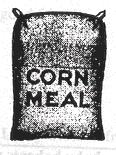
|
She would sift together cornmeal and wheat four several times to mix thoroughly while in a a heavy pot she'd have salted water coming to a full boil and while the water was boiling, she'd slowly pour corn meal and flour mixture into the pot beating vigorously with her wooden spoon. She would keep heating the mixture until it came away from the dies of the pot and formed a solid cake then she would tip the pot over a large platter and presto a beautiful golden cake which tasted terrific. She's cut it into ...cake type wedges and then smother it in golden children gravy. |
After much trial and error, I came up with the following recipe of Mummaleeka Cake.
MUMMALEEKA CAKE
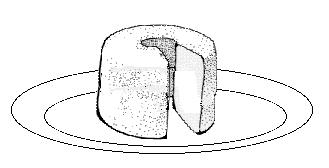
1/2 cup all purpose flour
Sift the corn and and white flour several times or mix well in a bowl by spoon.
4 cups water
2 teaspoons salt
...............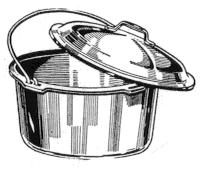
Be sure to use a heavy pot that won't stick or burn easily and bring water and salt to it's full boil. |
|
|
Be sure to use a heavy pot that won't stick or burn easily and bring
water and salt to it's full boil. While on full boil slowly pour in
corn meal and flour mixture and beat with a potato masher. Electric beaters
will not work. When mixture becomes heavy and come away from side
of the pot it is done. Now, tip over a the pot and let the cake slide
onto a platter and your golden cake is done.May I suggest to all weak
armed novices as myself to have a butter mold ready and pour mixture into
a mold and press down well with a large spoon. Now, with the mold over a
platter let the cake slip onto the platter, and, presto, a lovely yellow
cake that looks great.
Don't forget to pour the hot chicken gravy over your slice of mummaleeka cake! |

Mold |
This can be a welcome change to potatoes and its certainly very economical..
1. Christina, nee Schweikert's Cob Melons: Christine brought the seeds of the cob melon to the USA in her apron pocket to plant in her new home Her cob melons became well known in Montana. The seeds scattered through the years.... When Amy Goldman was gathering information for her book on melons she traced the cob seeds back to two sources. One source was John Crill and the second cache of seeds from the apron pocket of Christina. See Amy Goldman's book titled:
"melons
FOR THE PASSIONATE GROWER"
BY
AMY GOLDMAN
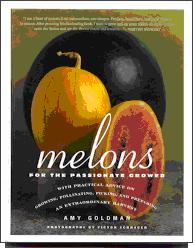
On page 116 Amy shows the cob melon and it's history which includes Christina, nee Schweikert, Hein's story.
Martha Stewart wrote the following about Amy Goldman's book: "...This book is a feast for the eyes and a serious reminder that biodiversity is admirable and necessary. Any Goldman is doing a beautiful job in one small area of this science and encourages others to do the same."
Bette Midler wrote: "Thank goodness for the heirloom seed movement, and for Amy, for showing us the way."
In the back of her book Amy gives a list of where we can purchase heirloom seeds for melons and other fruits and vegetables
If you wish to learn more about Amy Goldman and her book go to her web site:
